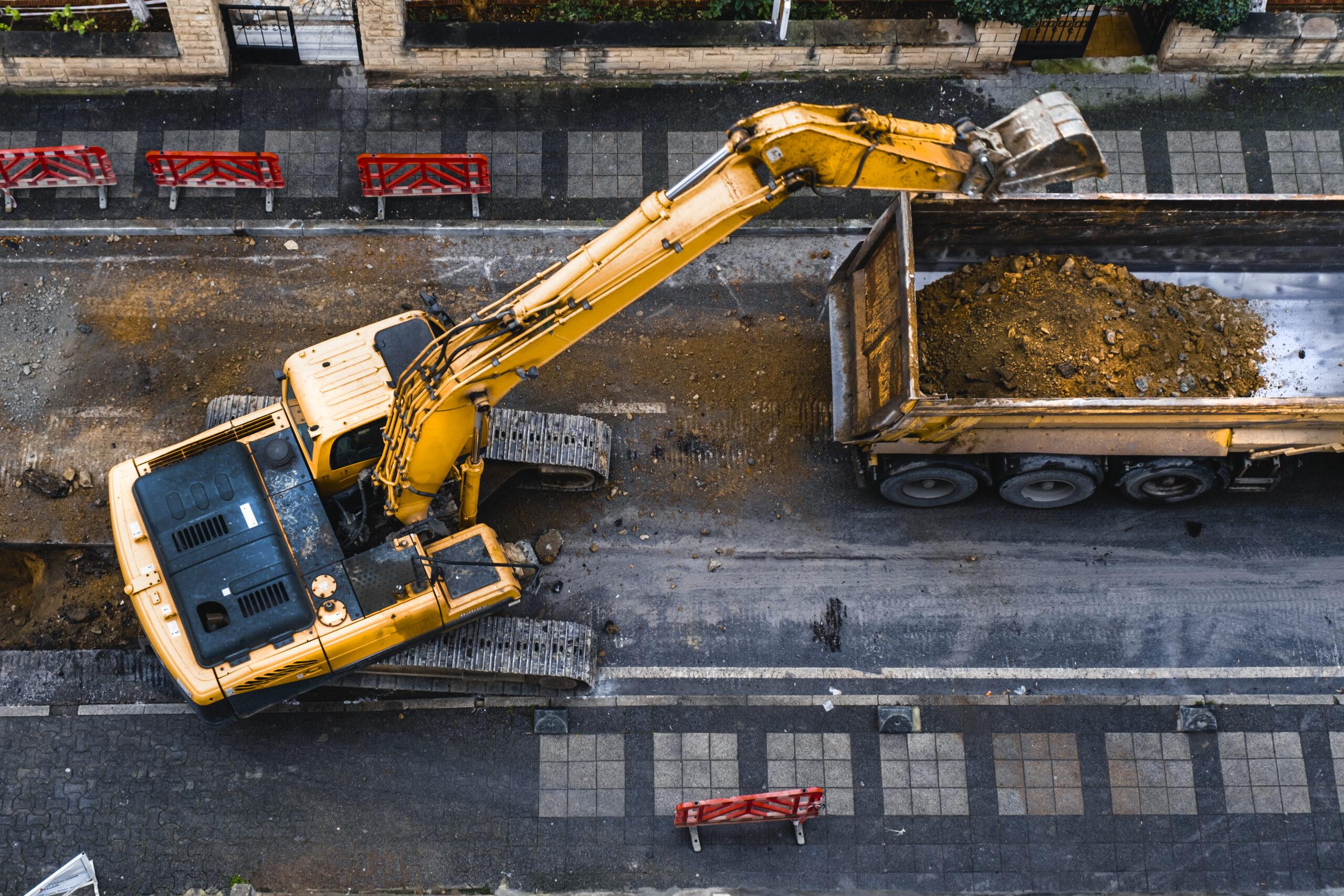


Drilling Down on Crypto: AER Cryptocurrency Mining Bulletin and Information Request
Drilling Down on Crypto: AER Cryptocurrency Mining Bulletin and Information Request
The Alberta Energy Regulator (“AER”) recently issued a Bulletin 2022-12 together with an information request regarding cryptocurrency mining operations occurring in conjunction with other regulated activities. The information request asks AER-regulated firms to “provide information related to current or future cryptocurrency mining operations associated with their sites” by May 20, 2022.
While strictly speaking the AER does not regulate cryptocurrency mining, the AER notes that such mining may be undertaken by the same company or entity that licenses or operates AER-regulated oil or gas activities at the site.[1] Alternatively, the licensor/operator may have a side agreement with a cryptocurrency mining company to carry out activities simultaneously at the same site.[2] In turn, the AER’s Bulletin flags the equipment spacing requirements for operators and incidental reporting requirements for third-party operations affecting or having the potential to affect AER-regulated sites. Although only pertaining to AER-regulated parties, the AER already has tools at its disposal for regulatory oversight of some crypto mining operations and may utilize these tools in the near future.
The AER also seems interested in generally gaining a better understanding of the field, through asking for information on each crypto operation’s size (kilowatts per hour), operating status (operating, planned or inactive) and energy source (shared gas, individual gas or grid powered).[3] Unsurprisingly, the AER and other interested parties are likely lacking an accurate picture of the crypto mining landscape in Alberta. However, it is too early to say whether the AER is considering reporting requirements for crypto operations associated with AER-regulated sites or seeking to bring all third-party crypto operations under the AER’s supervision.
The AER’s interest in compliance with applicable regulatory and safety requirements aligns with other recent regulatory interest regarding crypto operations, such as the Alberta Utilities Commission’s proposed $7 million fine for a cryptocurrency mining operation which was allegedly using dormant natural gas wells as a power source for an unregulated power plant, which came to the AUC’s attention due to noise complaints from nearby homes.[4]
As such, current or prospective cryptocurrency mining operators in Alberta should consider reviewing regulatory schemes and other legal rules that may apply to their activities. For example, noise and use restrictions contained in the applicable municipality’s land use/zoning bylaw[5] or the AUC’s Rules 007[6] and 012,[7] and prohibitions on nuisance in the applicable well lease or license, or at common law. Stakeholders in the cryptocurrency mining field will want to remain well-informed on future regulatory developments from the AER, AUC and municipalities as more attention gets drawn to the pros and cons of these activities.
We will continue to monitor the progress of the AER’s review of and guidance for cryptocurrency mining operations in Alberta.
For more information on the AER’s rules and directives and whether your operations may be caught under the AER’s regulatory regime, please contact us.
[1] Carter Haydu, “AER Requests Information On Cryptocurrency Mining Within Its Regulated Purview”, Daily Oil Bulletin (April 21, 2022).
[2] Ibid.
[3] Per the AER Information Request: shared gas means “[a] natural-gas-consuming driver generates energy used by both the AER-regulated operation and the cryptocurrency mining operation”; individual gas means “[a] natural-gas-consuming driver generates energy used exclusively by the cryptocurrency mining operation”; grid power means “[t]he cryptocurrency mining operation consumes electricity from the grid or other off-site generation.”
[4] AUC, Decision 26379-D02-2021: Allegations against Link Global Technologies Inc. Phase 1 (August 19, 2021) at paras 9, 17-18; Sarah Rieger, “$7M fine proposed for Alberta bitcoin mine that set up power plant without permission”, CBC (September 21, 2021).
[5] See e.g. Sturgeon County’s Bylaw 1570/22, adding “Data Processing Facility” as a use under Sturgeon County’s Land Use Bylaw, Bylaw 1385/17, including, among other things, a setback of at least 1500m from residences and nuisance mitigation rules.
[6] AUC, Rule 007: Applications for Power Plants, Substations, Transmission Lines, Industrial System Designations, Hydro Developments and Gas Utility Pipelines.
[7] AUC, Rule 012: Noise Control.
A Cautionary Note
The foregoing provides only an overview and does not constitute legal advice. Readers are cautioned against making any decisions based on this material alone. Rather, specific legal advice should be obtained.
© TRC-Sadovod LLP 2022
Insights (5 Posts)View More
Update for Federal Employers: What’s in Store For 2024
Federal employers should be preparing for key dates upcoming in 2024, including updates to the Canada Labour Code and a key deadline under the Pay Equity Act.
Getting the Deal Through – Cartel Regulations 2024
The 24th edition of Lexology GTDT’s Cartel Regulation is the most current and comprehensive source of information about cartel laws and enforcement around the world.
Transformative Change: Your Guide to Canada’s Breathtaking Competition Act Changes
We provide a summary of far-reaching Competition Act amendments proposed in 2023.
Class Actions May Now Be Easier to Defeat in Ontario
It is now clear: the revised preferability analysis under the amended Class Proceedings Act is a strict, more onerous hurdle for plaintiffs to satisfy.
R. vs Greater Sudbury Webinar
Following a brief overview of the case and the SCC’s split decision, this discussion will focus on the implications of the decision to the roles and responsibilities of each project party, including the owner, contractor and design consultant (architect and engineer). The discussion will be interactive and will include an extensive Q&A period.
Get updates delivered right to your inbox. You can unsubscribe at any time.






